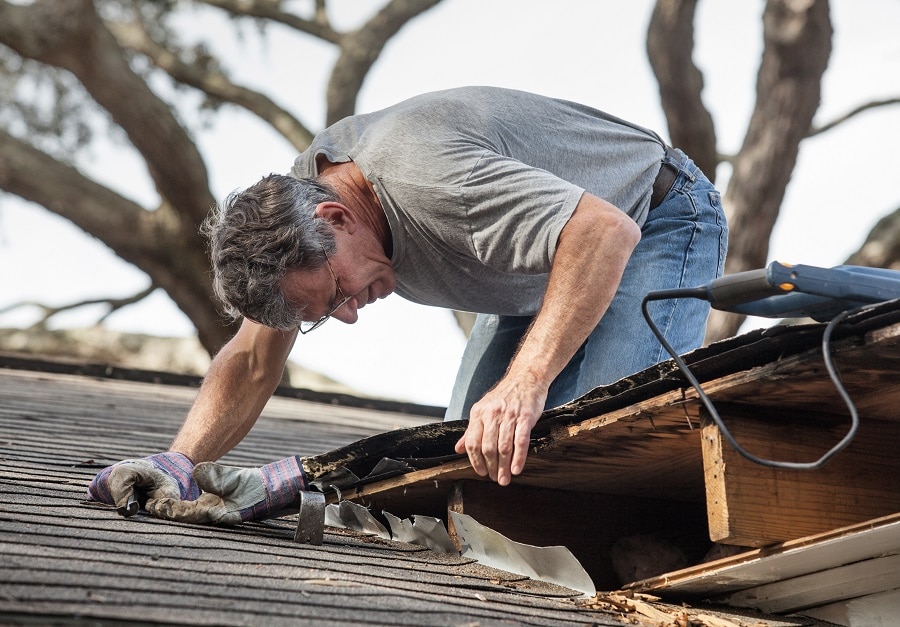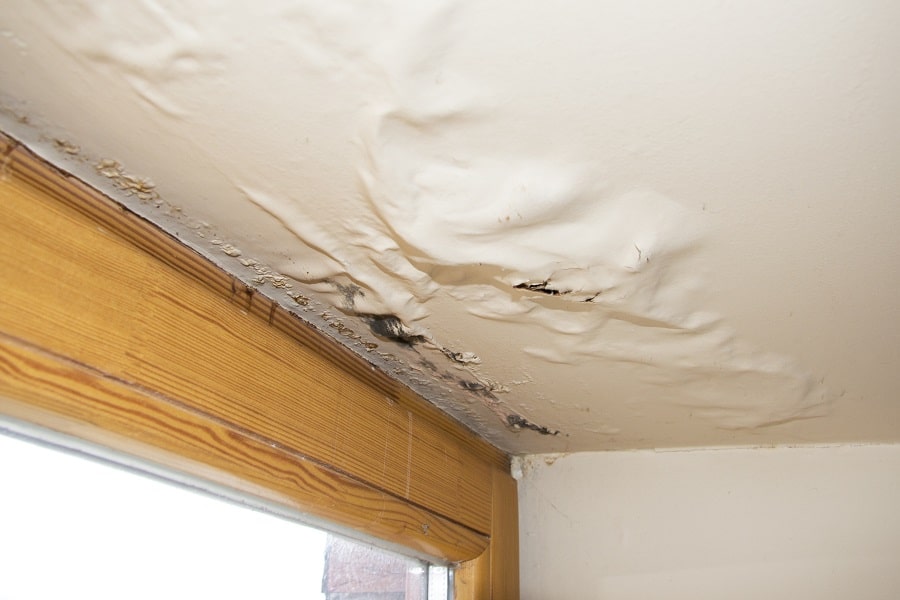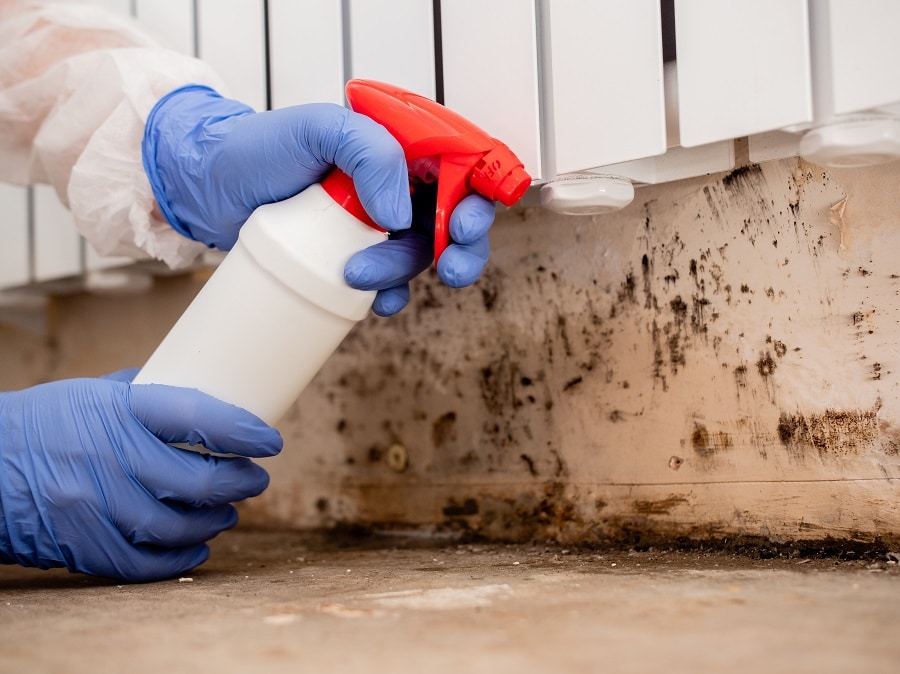Timber decay within buildings of any age is often caused by rot. Wood rot commonly shows up in two forms: wet and dry rot, both forms are brought on by fungal decay in building timbers.
What is Wet Rot?
Wet rot refers to a parasite known to thrive in wet timber. It twists the timber, triggering swelling and fibre separation; leading to loss of structural strength and crumbling. Wet rot causes wood decay and loss of structural integrity, making the timber disintegrate. Wet rot in structural wood is due to increased exposure to moisture. This can be from faulty plumbing or penetrating damp from the building’s ‘wet’ side. Wet rot is fungi, it spreads to timbers close-by and causes damage.
Our Guarantee
- upto 30 year guarantee
- customer focused team
- 20 years combined experience
- portfolio of satified customers
- attention to detail
- Construction line accreditation
- public liability insurance
- CHAS accreditation
What is the Difference Between Dry Rot and Wet Rot?
Dry rot triggers quick and extensive damage to structural timber as it spreads through the affected property. Meanwhile wet rot, despite being a more common occurrence, causes less damage; decay is typically restricted to the areas that remain wet on the timber. When fungi are absent, dry and wet rot can be differentiated by considering the difference in timber colour and the extent of damage noticed on the timber according to the progression of either type.
What causes Wet Rot?
Certain environmental conditions are behind the development of wet rot spores. Moist timber is arguably the chief cause of wet rot. Moisture plays a major role in the appearance and progression of wet rot. Consequently, signs of damage become visible on the decaying timber.
The Dangers of Wet Rot in Battle
Wet rot is a devastating problem. It can destroy your home and ruin its value. If you have wet rot, it needs to be treated quickly, or it will continue to infect your house. A survey conducted on 2,038 property owners in London asked if they had ever had to deal with wet rot, where the affected area was, and if they were able to successfully prevent a recurrence.
Surprisingly, out of the respondents, 20% had battled some form of wet rot. Wet Rot attacks timber flooring and can potentially make the property structurally unsafe. Besides causing costly repairs, it could reduce your property’s value. A majority of insurance providers don’t provide policies to homes with signs of moisture ingress or damp build-up.

What are the Warning Signs of Wet Rot?
The progression of the fungus from its appearance to become a pervasive issue depends on the moisture it is exposed to. Easy to spot signs include the wallpaper peeling off at the corners, the central heating boiler malfunctions, cookers don’t work properly, and/or a musty smell is present. Common areas where you can find wet rot include underneath the kitchen sink, along external walls, and roof spaces/attics. It commonly affects older houses which have been built with timber frames and not modern timber species such as Sapele or Meranti. Timber below ground level and as high as the one-floor level are also vulnerable to wet rot. Identifying it when it appears is the first step towards getting rid of wet or dry rot. A damp survey is on the cards if you believe your home has been infested.
Call Our Sussex Damp Experts team now for quote, consultation and advice:
Call on 01273 257 765.
How and When Should I Look for Wood Rot?
It should be conducted annually. Similar to spring cleaning, you need to inspect your home for telltale signs of wood rot or damp, and the period reserved for weatherproofing activities before winter is an ideal time to do this. You will need a long-handle screwdriver and a flashlight.
You should check the window siding for signs of discolouration and swelling. Paint can cover wood rot, so the wood must be rough and solid, try jabbing the siding with your screwdriver. If the wood has a spongy feeling and the surface gives in when you touch it, then you have wood rot. Use a decent flashlight to inspect the attic for discoloured wood. Transition to the screwdriver test if you notice any. Ensure you check the underside of the roof decking, in the joints where the wood members connect at the top of the roof, and at the edges of the attic where the rafters slope down to form the eaves, are prime spots in the attic for wood rot.
With the flashlight search for discolouration around the border wood plate that sits on top of your concrete basement wall, scrutinize the wood members. Inspect any discoloured areas using the screwdriver. Check floors and walls for signs of discolouration underneath the sinks or water leakage around the water heater and baths/tubs.
How do we identify wet rot?
Identifying wet rot is not an easy feat, several forms of wet rot have different effects on timber. If a knife can be buried up to the hilt in painted timber, the wood is suffering from rot. Our specialist damp proofing experts have years of experience and are trained to look for the following:
- Localised fungal growth on timber
- The soft, spongy feel of timber; the affected area appears darker than the surrounding timber.
- The soft and spongy texture of rotting timber; the affected region often looks darker than the other parts.
- That spongy, soft feel timber gets when affected by wet rot; the affected parts are darker than the other areas.
- The spongy, soft texture of rotten timber; the infested area is darker than the other parts.
- The springy feeling that is an indicator of wet rot; the affected area is often darker than others around it.
- Crumbling of affected dry timber into particles.
- Dry timber crumbling into particles.
- The crumbling of infested timber into dry particles.
- Dried-out timber disintegrating into particles.
- The disintegration of rot-eaten timber into particles.
- Shrinking timber
- Bleaching wood in window and door frames
- Flaky or damaged paint
- A musty, damp smell
What to Do After You Detect Wet Rot?
You need to engage the help of a damp expert when you notice wet rot. The source of moisture must be identified and blocked to avoid similar cases in the future. If you need to know more about wet rot treatment, Sussex Damp Experts is ready to help! Call 01273 257 765 today to get started.
Wet Rot and Damp Proofing in Battle

Your search for wet rot treatment and damp proofing services ends here! Call us if you notice any signs of damp or wet rot in your home, we can fix the problem and help you avoid the health risks and potential damage to your building’s structural integrity as the decay spreads. Our expert damp proofers will take the cause of the problem into account and proffer possible solutions to resolve it permanently.
Timber damp proofing is a deliberate attempt to protect the timber from moisture damage which could lead to decay. There are two main ways to protect the timber.
Surface treatments are never reliable; they fail and worsen the situation in due course. The only answer is to cover the entire surface with a membrane or treating/replacing the timber. If you need further information on wet rot treatment from one of our experts, call 01273 257 765 today.
Wet Rot Treatment Specialists in Battle
With over ten years of experience in the field, we are one of the leading wet rot specialists in Battle, offering free surveys and no obligation quotations to householders, landlords and commercial property owners. Our wet rot experts will examine your property and come up with solutions to cut off the source of moisture ingress. Our experts apply advanced methods to tackle the progression of different types of wet rot in buildings.
Wet Rot Treatment in Battle
Typically, wet rot occurs only in locations where timber has been exposed to moisture and where the wood continues to be damp. Nevertheless, during treatment we don’t just get rid of the wet rot, we tackle the issue at its source. We examine the pathways moisture takes in reaching the timber and block them all off, eliminating the possibility of a repeat case. To get a lasting solution, only seasoned professionals should be responsible for wet rot treatment. Delay in treatment results in pricey repair work down the line. The best course of action is to contact Sussex Damp Experts if you see any indication of wet rot anywhere in your building.

We have the skills to get rid of wet rot. At Sussex Damp Experts, we quickly determine the source of the dampness and which areas have been most affected. Delaying could be fatal, call 01273 257 765 today or fill the contact form to save your timber!
Our Wet Rot Treatment Process in Battle
The same with other property-related repairs, the longer you wait, the worse it gets. Identifying the progress of the fungal rot early could mean the treatment will be restricted to just a small area. In more serious situations where the fungus has spread along the breadth of the timber, you may need replacements for entire timber beams. Treating wet rot entails various procedures. The treatment of any fungus-related issue involving timber should start by protecting it from damp. We locate the source of water leakage, whether in the form of poor guttering or condensation among others and take the appropriate action to fix it. Inexperienced contractors and builders tend to focus on replacing the decayed wood. Using chemical preservatives on the damaged area is usually the next step. This can only lead to failure. If you notice even the slightest signs of wet rot in your property, the team at Sussex Damp Experts is more than happy to help out. Call us today.
What happens to Wet Rot if left untreated?
If you fail to treat wet rot, the structural timber in your property will eventually weaken and, in certain cases, will prove a threat to the safety of residents in the home. When rot sets in, the timber becomes spongy and soft, and caves in when you prod it with a sharp edge such as a knife or screwdriver. The final result is that the timber becomes less structurally sound, and the worst-case scenario could see your building condemned if it continues to spread. Call Sussex Damp Experts on 01273 257 765 and speak with one of our Experts in Wet Rot Treatment today!
What is the cost of Wet Rot Treatment in Battle?
The effects of rot are devastating for any property. Repair and damp proofing costs will be different for each project based on the type and level of damage inflicted on the wood. However, don’t let it deter you. With our experts who are always willing to help, you will find that wet rot treatment in Battle doesn’t have to cost a fortune. We advise you on the right decisions for the wellbeing of your family and your home.
How to prevent wet rot?
At all times, wood should be kept dry to avoid cases of rot. You can use wood hardeners to give timber in at-risk areas an extra layer of protection against moisture. Areas of a building that are most vulnerable to damp include window boxes and sills, and timbers that haven’t passed through damp proofing treatment such as fungicide and sealant applications but still touch stonework.
Talk to Our Wet Rot Treatment Experts Today!
If you need further information on wet rot treatment from one of our experts, call 01273 257 765 today.
FAQ
Is wet rot smelly?
Is Wet Rot Capable of Spreading?
Can Wet Rot Cause Health Problems?
Is there a DIY treatment solution?




